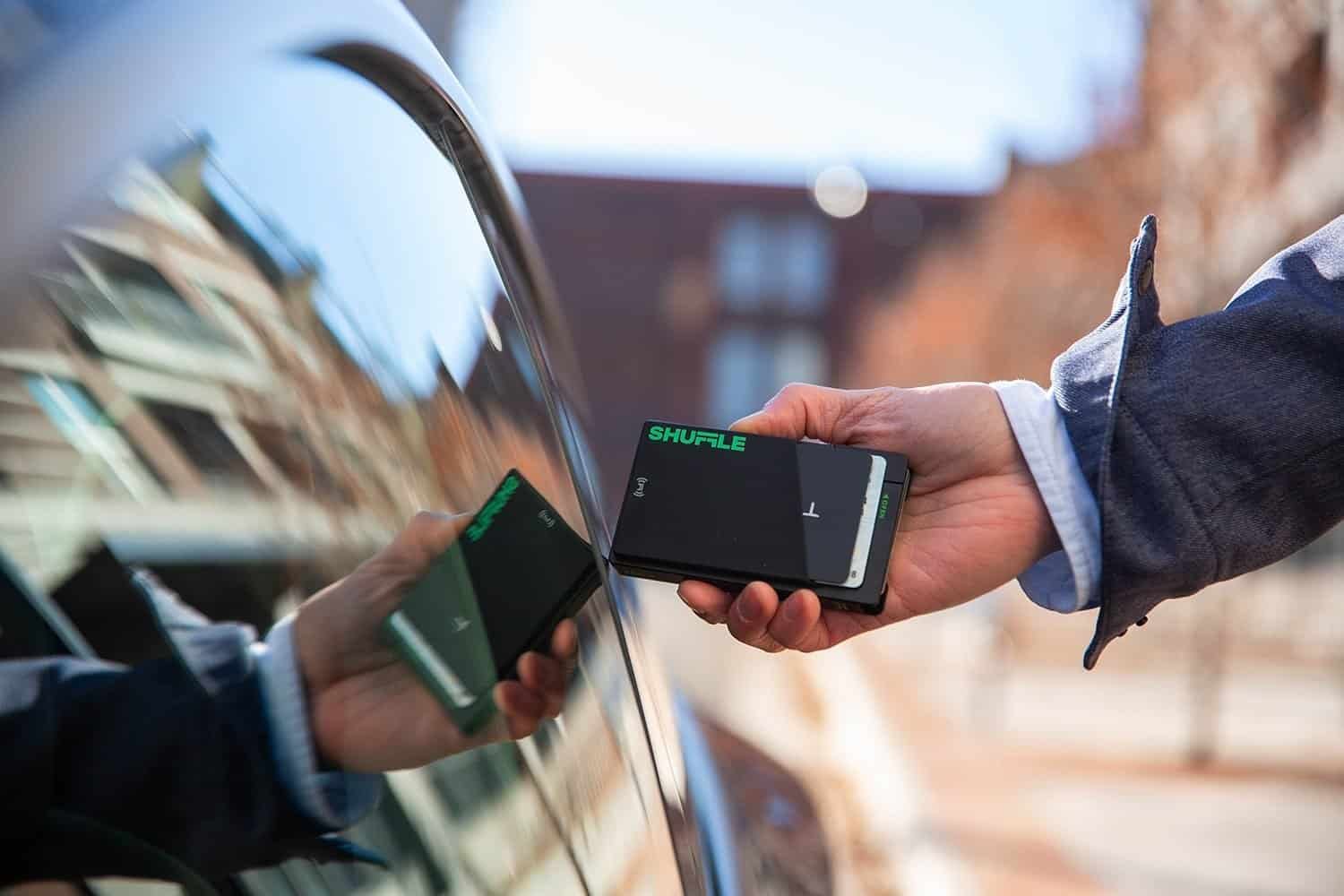Have you ever seen a wallet that claims to have RFID-blocking technology? Sounds fancy. It’s built for spies or secret agents, but here’s the big question: do you need RFID protection in your minimalist wallet?
Let’s break it down in plain English. No tech jargon. No scare tactics. Just the facts, told like a friend would tell you over coffee.
Let’s Quickly Understand What Even Is RFID
Beginning with its full form, RFID is Radio Frequency Identification. It’s a method to send data wirelessly using radio waves. Think of it like a short-distance walkie-talkie for information. RFID is used in credit cards, debit cards, key fobs, and even passports.

Have you ever tapped your card to make a payment? That’s RFID at work. Quick, easy, no swipe needed. Just a little wave, and boom—payment complete. It is available in the Shuffle RFID-blocking wallet.
Cool, right?
But there’s a catch. Since this data is sent wirelessly, in theory, someone with the correct device could “listen in.” That’s what people call RFID skimming—a high-tech pickpocketing method.
Now, let’s focus on how RFID blocking works.
Imagine someone trying to eavesdrop on your conversation through a thick concrete wall. That’s kind of what RFID-blocking materials do.
These wallets typically feature a thin layer of metal—such as aluminum, stainless steel, or carbon fiber—that blocks radio signals. It creates a barrier so your cards can’t “talk” to anyone until you want them to.
Put your card inside. Now it’s in stealth mode.
That’s the basic science. Nothing too wild. But pretty clever, right?
Is RFID Theft a Real Thing?
Yes. Technically, it is.
But is it common? That’s where things get interesting.
Most payment cards today use EMV chips—those gold square chips you insert into card readers. These aren’t RFID at all. They don’t work by tapping. They don’t transmit data over the air. They’re not vulnerable to skimming.
Even tap-to-pay cards are now more secure. They create one-time codes for each transaction. So even if someone scanned your card (which is rare), they’d get junk data they couldn’t use.
And then there’s this: reported cases of RFID theft are there. Yes, the number is not extremely high. But it is happening.
When Might RFID Protection Be Worth It?
Okay, now let’s be fair.
RFID-blocking can make sense in certain situations:
- You travel internationally with a passport that has an RFID chip.
- You have older tap-to-pay cards that don’t use encryption.
- You work in security and want every layer of defense.
- You sleep better knowing your cards are safe, even if the risk is small.
In these cases? Sure. Go for it. A little extra peace of mind never hurts.
But if your wallet holds nothing more than a chip card, your ID, and a coffee punch card from your favorite shop, you’re probably good.
So, What Should You Look For in a Minimalist Wallet?
Focus on what matters:
- Durability – It should last, not fall apart in six months.
- Comfort – You should barely feel it in your pocket.
- Capacity – Enough for what you carry. No more, no less.
- Design – Sleek, sharp, and something that fits you.
- RFID-blocking? Yes. It is a good option to keep for peace of mind.
So, choose a wallet that suits your lifestyle, especially if it comes with RFID protection. That’s great.
Final Thoughts
Now that you have reached the end of this post, you have learned about the value of RFID technology in wallets. Yes, the option is not highly necessary when you are in a safe place to walk around. But when you travel internationally, you don’t have any idea about the methods of theft you may face. Having this security feature is a valuable addition to your wallet.

